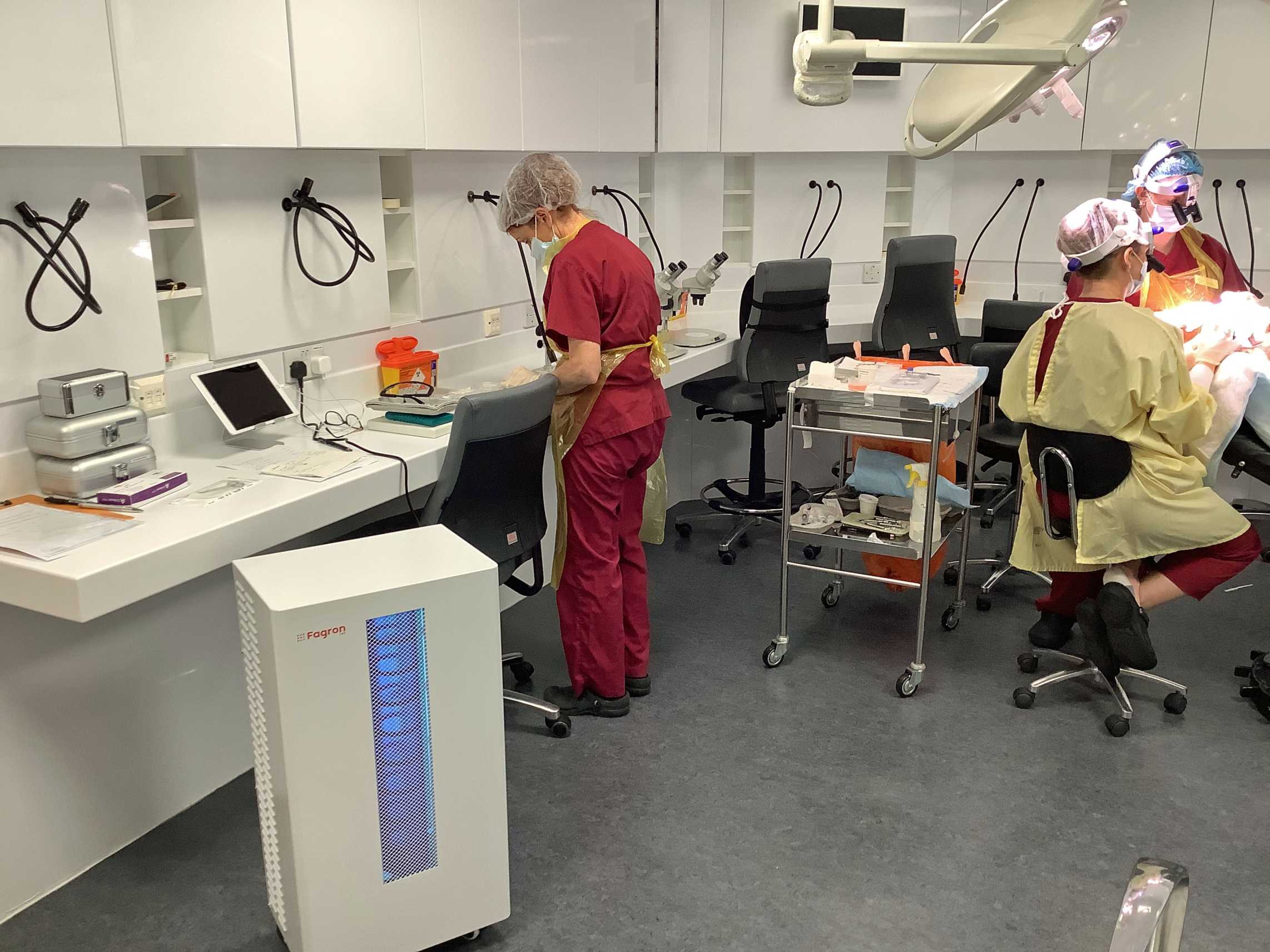
Testing, Testing… Are You Balding?
4th November 2013
When we see a patient for a consultation, one of the things we have to consider most carefully when considering their suitability for a hair transplant is how much more hair they are likely to lose. If a man comes to us at too young an age – say early twenties – in most cases we’d advise it him that it’s best to leave the transplant for a few years. Otherwise, it’s very easy to end up in the kind of situation that the press speculate Wayne Rooney has – needing another transplant after just a year or so, due to more hair being lost rapidly.
There are various things that we look for when we see a patient to determine the cause of the hair loss. However, as the majority of cases that we see relate to male pattern baldness – something that over 75 per cent of men will be affected by during the course of their lifetime – we have another little trick up our sleeves…
We use a very techy-sounding genetic testing kit. Two small swabs are rubbed against the inside of the patient’s cheek, and packed off to a lab for analyses.
The results tell us whether the patient has a particular genetic combination which makes it more likely that he’ll lose his hair. Of course, it goes without saying that there is room for error in the test, and the results should never be taken as gospel, but it can give us a pretty good indication of what the future looks like for your hairline.
Combined with a careful examination of the patient’s locks, and a chat about their family history of hair loss, we can determine how much more hair the patient is likely to lose, and where the hair is likely to recede.
The test can’t be used to conclusively prove that a patient will or will not lose his hair, but it’s a good, additional indicator that proves we’re on the right track in our consultations.


